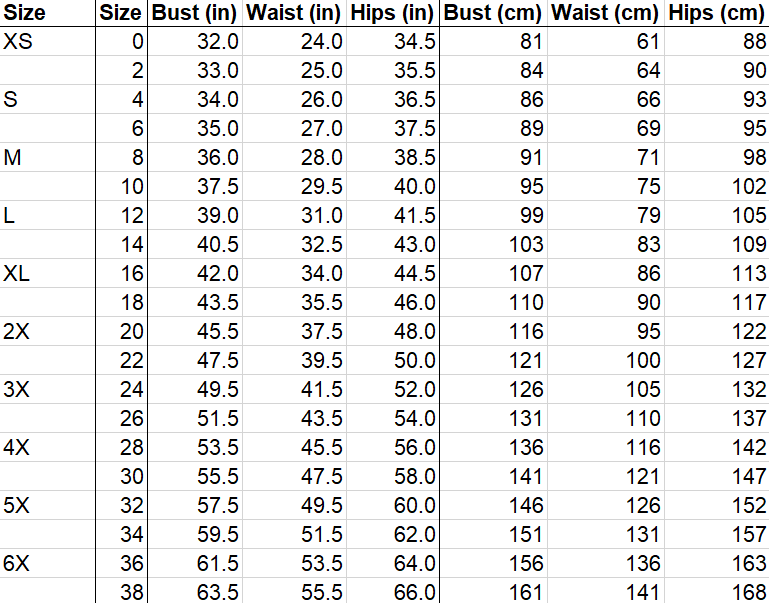The History of Sewing Part 4: Sewing and the Industrial Revolution (184 years ago - 157 years ago)
Across the sea in America, Walter Hunt created America’s first functioning sewing machine. It created a stitch that didn’t reproduce a hand stitch, which freed future inventors from the idea that the sewing machine could, or should, only create stitches that hand-sewing could. But while considering its future, he envisioned that the machine’s streamlined nature and efficiency would cause widespread unemployment. Because of this, he never patented the design.

John Fisher designed a machine back in England that eliminated disparities between moving parts that had always been disconnected in earlier designs. This made for a more cohesive and smoother-running machine. He attempted to file for a patent in 1844, but the office lost his paperwork, so it was never filed and he never received recognition for his design.
Elias Howe, born in Massachusetts, designed a sewing machine in 1845 that was inspired by both Hunt’s and Fisher’s designs. Using thread from 2 different sources, the needle had an eye at the point that went through the fabric. This created a loop on the reverse side through which a shuttle on a track fed the 2nd thread, forming a lockstitch. Howe struggled to market his machine in America, so he left for England. There, he met similar issues and eventually moved back to America. When he returned, he found that others had already copied his lockstitch mechanism.

New Yorker Isaac Merritt Singer was the one to develop a machine that looks similar to the ones we have today: it had a foot pedal and an up-and-down needle movement, whereas previous designs had moved the needle from side-to-side. This design was inspired by Howe, Hunt, and Thimonnier. But when Howe found out that Singer had based the new machine off of his design, he took Singer to court for Patent Infringement. It wasn’t just Singer that used parts from Howe’s design. There were a few more, and Howe took them to court, too. He won most, if not all, of these lawsuits, despite Singer’s argument that Howe had infringed on Hunt’s design. But since Hunt technically didn’t have a patent -- despite filing for one -- his design was intellectual property for anyone to use. Singer and the other companies that had copied Howe’s design had to pay Howe patent royalties, as well as giving him a share of their profits.

There’s no doubt that Howe was extremely happy that his patent had been filed correctly. Singer’s company, I. M. Singer & Co., was the first to market domestic sewing machines, as opposed to those designed for industrial use. They were also the first to produce a heavy-duty, more powerful machine that fit the needs of the tailoring and leather industries. By 1860, Singer’s company was the largest manufacturer of sewing machines in the world.
Make sure to check out Part 5 of 6!
Written by Miranda Marnik-Said
A list of the websites referenced will be posted at the end of Part 6.











































































































